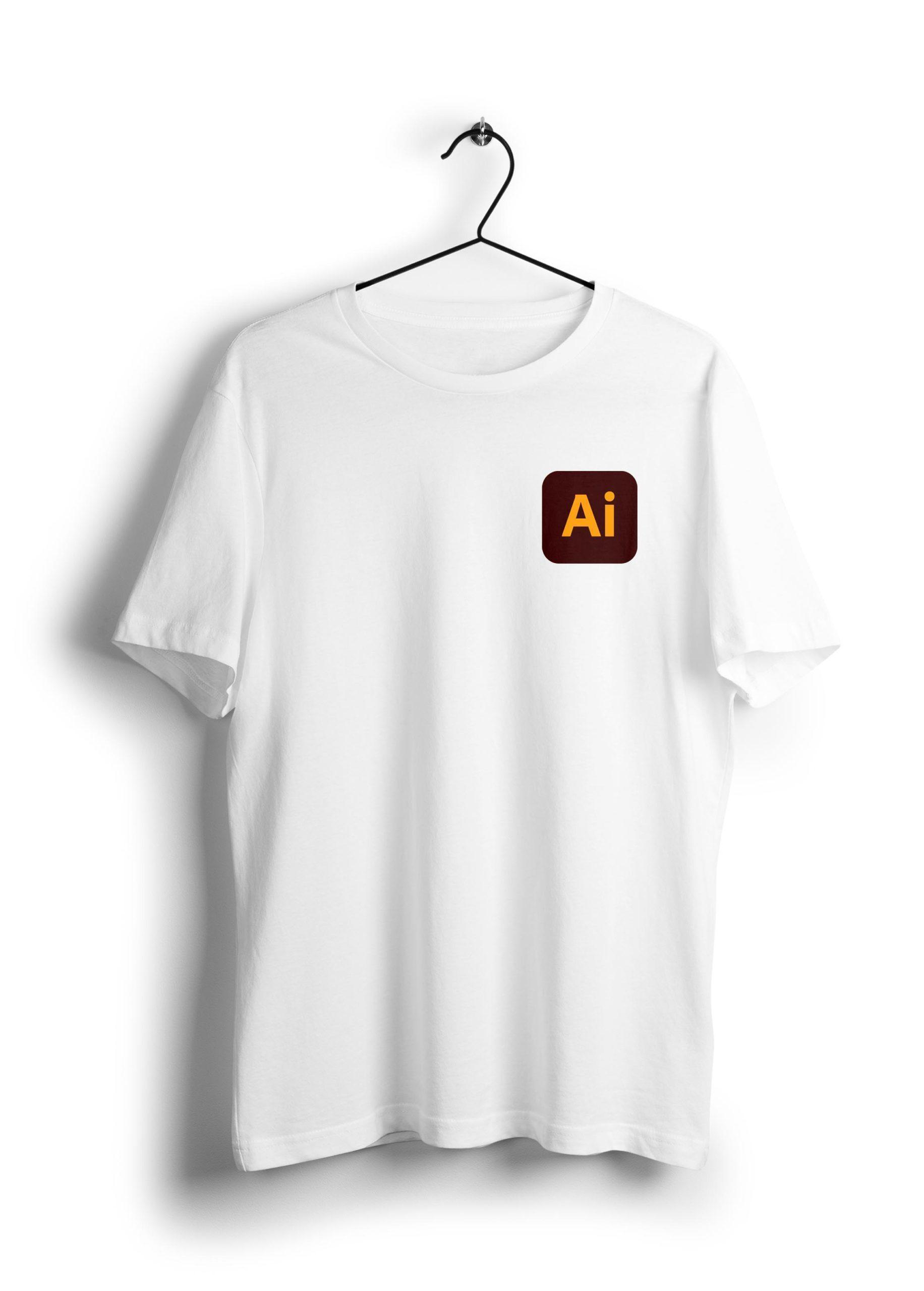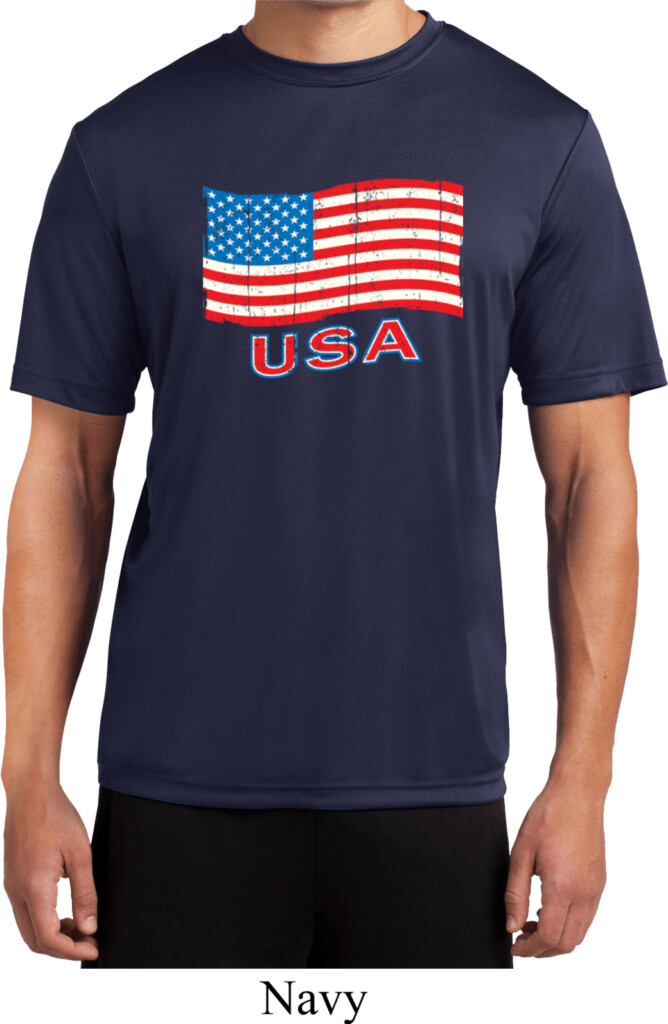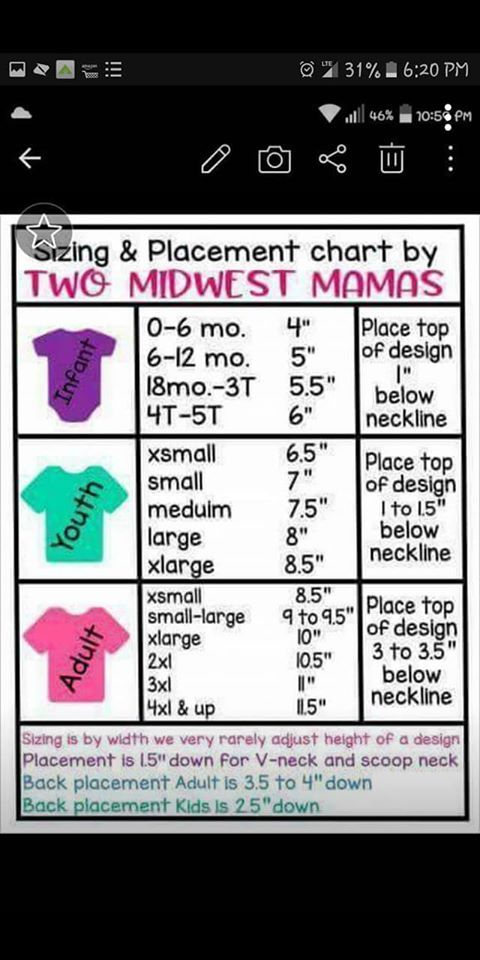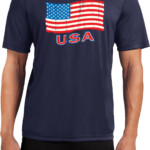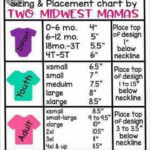Haggar Shirt Size Chart – Finding the appropriate size when buying a shirt can be challenging. Many brands don’t use the same system of sizing, so what’s considered to be a medium size in one brand might be considered to be a bit large in another. That’s when a shirt size chart comes into play – We’ll outline what it is and why having one when shopping for shirts is essential.
How to Measure Shirt Size
The first step to find the most appropriate fit for the garment is measuring the exact measurements of your body. The steps to take:
- Measure Your Chest Measure Your Chest. Wrap a measuring sleeve over the broadest portion of your chest. Make sure the tape is level and doesn’t get too inflexible or loose.
- Measure Your Waist Tape the measurement around your natural waistline – the most common place to measure is the narrowest portion of your the torso.
- Measure Your Hips The measuring tape should be wrapped around the entire length of your hips, making sure that it’s level. It shouldn’t be too tight or loose.
- Compare Your Measurements to the Size Chart Once you’ve got your measurements, you can compare your measurements with those given by the brand or retailer that you’re looking to purchase from.
It’s essential to take note that some brands could use slightly differently for each size Therefore, always refer to their size chart to ensure accurate measurements.
Here are a few other ideas to help you get the most precise measurements:
- Measure yourself in underwear or thin clothes for a precise reading.
- Make sure the measuring tape fits snugly against your body but not too tight. ensure that it is level and at a level with the ground.
- Repeat these measurements several times to make sure that the measurements are consistent.
- Shirt Size Chart for Men and Women
Both genders typically require different shirts due to differences between body types and sizes. Here’s a general rule of thumb for both sizes:
Men’s Shirt Size Chart:
- Small: 36-38 inches
- Medium 38-40 inches
- Large: 40-42 inches
- XL: 42-44 inches
- 3XL 46-50 inches
- 4XL: 48-50 inches
Women’s Shirt Size Chart:
- Extra Small (32-34)
- Small(34 inch)
- Medium (38-40)
- Large(38 40)
- XXL(Extra large)
- 4XL(extra long)
- Small(extra small)
- Small(extra large)
- Small(extra small (Extra Small/Medium)
Men’s shirt sizing Chart (within1 half an hour!) Small(33 32 34 1 2 8 1 2 3XL = 38-40“ T2 = 38 40 40 4XL 42 4446 1XL44 44 46 in It is important to keep in mind they are just general measurements, while different brands may have slightly different measurements for each size.
Plus Size Shirt Size Chart: For those requiring plus sizes, here are a few general measurement guidelines for both men and women’s plus sizes:
Men’s Plus Size Shirt Sizing Chart:
Chart: Chart: inaltime
How to Convert Shirt Sizes
- 1X 42-44 inches
- 2X 46-48 inches
- 3X 50-52 inches
- 4X 54-56 inches
- 5X: 5X: 58-60 inches
How To Convert Shirt Sizes
Different countries and brands may employ different sizing strategies that make it difficult to find the right size. Here’s how to convert your shirt sizes:
- UK Size conversion from US size conversion for conversion from US size: Add two sizes to your UK size to give you a US comparable size (e.g., UK size 10 = US size 12).
- EU size conversion to UK size conversion: Subtract 10 by the US size to find your EU size equivalent (e.g., EU size 40 equals UK size 8.).
Be aware that sizing strategies can vary between brands and retailers Therefore, always check their specific size chart to ensure that they are accurate.
Sizing Charts for Online Shopping
When purchasing any shirt online the first step is to verify the size chart offered by the retailer in order to ensure that you receive the right size. Here’s the best way to locate it on the website of a retailer:
- Search for the “size chart” or “sizing” link: Most online stores will provide the link to their size chart either in their product descriptions or on the product page it self.
- Examine the manufacturer’s specific size chart: Sizing could differ across brands and retailers, therefore make sure that you’re looking at the right chart as a reference.
- Get Yourself Measured Accurately: Follow similar steps as those described previously in order to make an accurate measure of your body.
- Once you’ve got your measurements, compare them with the size chart from the brand or retailer you’re planning to buy from.
- Take into consideration sizing up or down If you’re stuck at a loss on which size to select, take into consideration the measurement specific to the brand while making your selection.
Conclusion
Utilizing a chart of size for shirts is vital to determine the perfect fit, regardless of whether you’re shopping online or at a retail store. By taking your measurements accurately and using the retailer’s or brand’s chart, you’ll be assured that the new shirt fits comfortably and looks great. Do not forget to check each time since sizing can vary from one brand to the next. By using these tips it is possible to have the right size each time.
